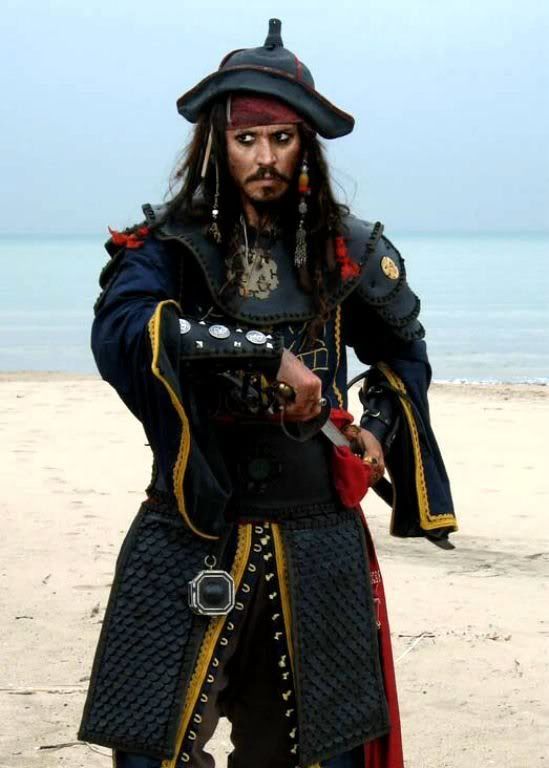ECU - Extreme Close Up
This shot involv
 es framing a small detail of the subject, which is often enlarged more than life size. This shot is often used to create an intimate relationship with the subject. Eyes are often the focus of this type of shot.
es framing a small detail of the subject, which is often enlarged more than life size. This shot is often used to create an intimate relationship with the subject. Eyes are often the focus of this type of shot. BCU - Big Close Up

This shot shows more of the face than an extreme close up but still does not show the entire face. This shot is mainly used for impact or to show detail.
CU - Close Up
Close ups focus o
 n a detail in the overall subject or action. Common close ups involve the head or hands of a character. The closer a shot gets to its subject, the more of the background is lost. Therefore these shots are often used to emphasize the subject or character.
n a detail in the overall subject or action. Common close ups involve the head or hands of a character. The closer a shot gets to its subject, the more of the background is lost. Therefore these shots are often used to emphasize the subject or character.MCU - Medium Close Up

This shot frames a person from about chest level to above their head. This is sometimes referred to as a talking head shot as this type of shot is often used when shooting a single person talking, eg a newsreader.
MS - Medium Shot
Medium shots as a ge
 neral rule, show about half a persons body in the shot (generally from the waist up). Medium shots are often used when showing characters having a conversation. These shots still allow for subtle performances and detailed actions to be seen.
neral rule, show about half a persons body in the shot (generally from the waist up). Medium shots are often used when showing characters having a conversation. These shots still allow for subtle performances and detailed actions to be seen.MLS - Medium Long Shot

This shot usually frames someone from their head to about their knees. This allows for more of the background to be shown and allows the character more room to move. This shot is good for introducing a character as you can show nearly the whole character in the shot, while still being close enough to show necessary detail.
LS or Long Shot
In long shots, the whole s
 ubject is in the frame. As a general rule, the characters head and feet should be nearly touching the top and bottom of the frame. Because alot of background can be shown in this image, these shots can be good for framing action scenes.
ubject is in the frame. As a general rule, the characters head and feet should be nearly touching the top and bottom of the frame. Because alot of background can be shown in this image, these shots can be good for framing action scenes.VLS or Very Long Shot
 In this shot, the subject is small in the overall image. This is sometimes known as the establishing shot and is often used for emphasising the background or environment the character is in and for setting the seen.
In this shot, the subject is small in the overall image. This is sometimes known as the establishing shot and is often used for emphasising the background or environment the character is in and for setting the seen.Here's an image I found that sums it all up. Click here to go to the website where I found it.


No comments:
Post a Comment